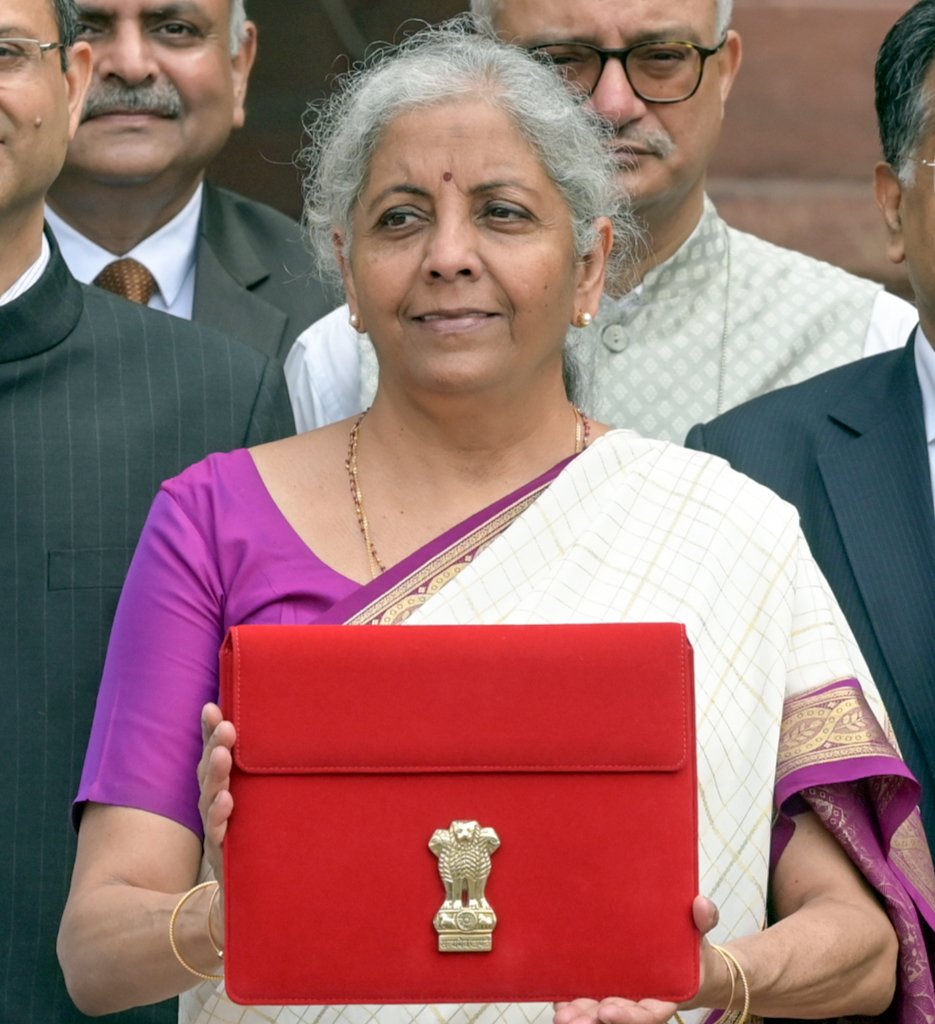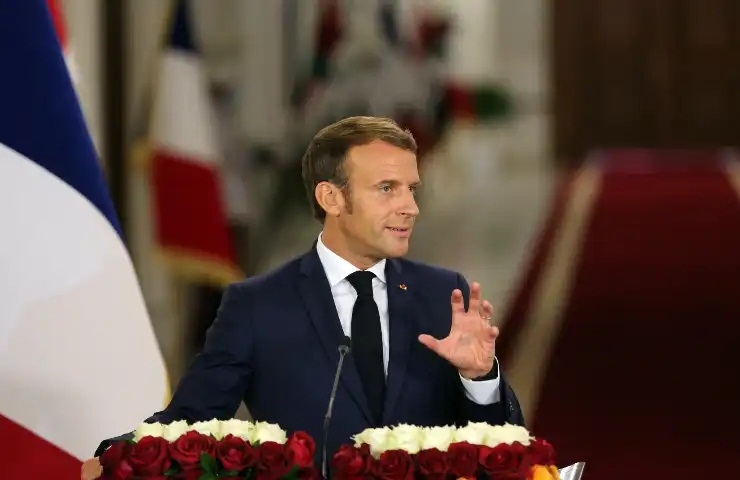The Interim Budget has limitations, as it’s presented by a government in its final year to secure parliamentary approval for withdrawing funds from the Consolidated Fund of India…reports Asian Lite News
The full budget for 2024-25 presented by the Finance Minister in Parliament on Tuesday has accelerated the thrust of the Interim Budget on empowering youth, women, farmers and the poor, with the introduction of bold path-breaking initiatives to increase employment and enhance incomes in these priority segments of society.
As part of the bigger push to create more jobs, the Finance Minister announced the Prime Minister’s package comprising five schemes aimed at facilitating employment and skilling, with an allocation of Rs 2 lakh crore in the full budget.
There has been a huge increase in the support for micro, small and medium enterprises (MSMEs) that have the potential of generating large scale employment.
The budget has also allocated as much as Rs 3 lakh crore in programmes that will enable more women to enter the workforce and contribute to the country’s inclusive development aligned with the ‘Viksit Bharat’ goal, the Finance Minister said.
Similarly, a robust allocation of Rs 5.2 lakh crore has been made for agriculture and allied sectors to enhance the earnings of farmers.
The full budget has also strengthened the country’s financial consolidation path as the fiscal deficit target has been reduced to 4.9 per cent of the GDP for 2024-25 compared to 5.1 per cent fixed in the Interim Budget.
The government has reduced its planned gross market borrowing by Rs 12,000 crore for FY 2025. The new borrowing target is Rs 14.01 lakh crore, down from the Rs 14.13 lakh crore announced in the Interim Budget.
This has been made possible as tax collections in the fast-growing economy have turned out to be higher than expected and the RBI has also delivered a huge dividend to the government.
The reduced borrowings by the government will leave more money in the banking system for companies to borrow for investments which will help to spur growth and create more jobs, according to economists.
A lower fiscal deficit also helps to keep inflation in check which ensures a stable growth path for the economy.
The Interim Budget has its limitations as it is presented by a government in its last year in office to seek fresh approval from Parliament to withdraw money from the Consolidated Fund of India to run the country since the 2023-24 Budget was valid only till March 31 this year.
Consequently, no major tax reforms could be announced in the Interim Budget.

Senior officials point out that the Finance Minister had indicated at the time that “no big bang tax reforms” should be expected in the Interim Budget. In the full Union Budget, the Finance Minister has announced a big relief in the tax burden for the middle class which will place more purchasing power in the hands of people that will spur economic growth.
Similarly, wide-ranging changes in customs duties have now been announced in the full budget which will remove inverted duty structure in some sectors and result in the increase in domestic production and higher exports.
Besides, the Finance Minister has announced a comprehensive review of the Income Tax Act, 1961 aimed at reducing disputes and litigation.
The review will be carried out on a fast track and be completed in six months, she said.
At the same time, some allocations made in the Interim Budget have been retained as part of the continuity in the planning process.
In the case of big infrastructure projects in the highways, ports, railways and airports sectors to be taken up in 2024-25 the Interim Budget had seen an over 11 per cent increase in allocation to a staggering Rs 11.1 lakh crore.
The full budget has retained this capital expenditure target as these big projects with large gestation lags have already been identified.
Similarly, the emphasis on green energy and tourism in the Interim Budget also finds its place in the full budget as part of the continuity in the country’s planning for development.
The Union Budget of 2024-25 has also retained an allocation of Rs 6.22 lakh crore for the Ministry of Defence (MoD), which is the highest among the ministries.
While maintaining the allocation made to MoD during the Interim Budget, the government has earmarked an additional outlay of Rs 400 crore, in the Union Budget presented on Tuesday, on innovation in Defence through the Acing Development of Innovative Technologies with iDEX (ADITI) scheme.
The allocation is aimed to promote ‘Aatmanirbharta’ in Defence technology and manufacturing and equip the armed forces with modern weapons/platforms along with creation of job opportunities for the youth.
ALSO READ: India Challenges China with Mineral Budget













